Denmark's Fastelavn - A Carnival of Fun and Tradition
Denmark's Fastelavn is a vibrant and lively carnival that embodies the essence of fun and tradition. This festive celebration, deeply rooted in Danish culture, offers a unique blend of merriment, history, and community spirit. Fastelavn is a time when people of all ages come together to revel in joyous activities, don colorful costumes, and indulge in delicious treats. It's a carnival that ignites the senses and brings people closer through shared experiences and cherished traditions.
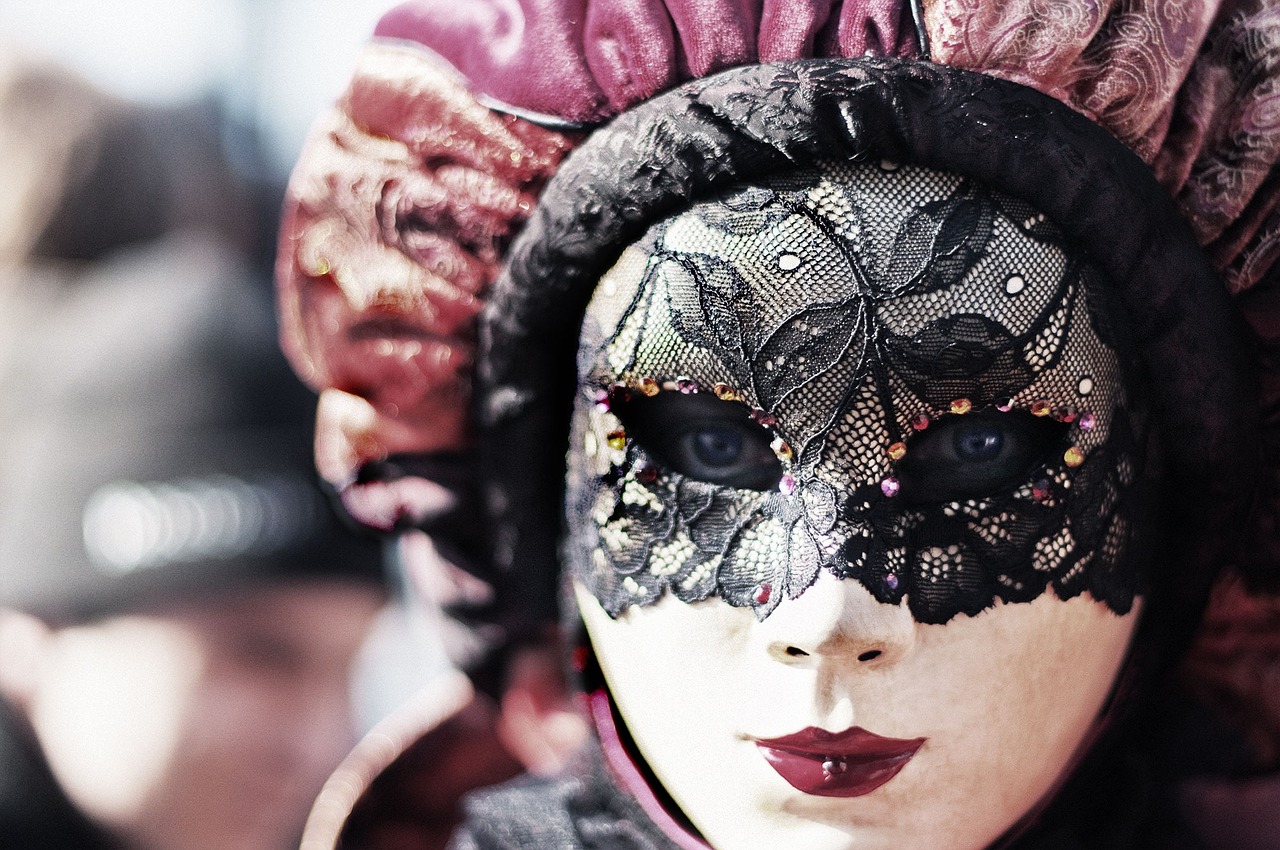
History of Fastelavn
Fastelavn, a beloved Danish tradition, has a rich history that dates back to medieval times, blending elements of both pagan and Christian customs. Originating from the Catholic tradition of preparing for Lent, Fastelavn is celebrated on the Sunday or Monday before Ash Wednesday, marking the beginning of the Lenten season. The name "Fastelavn" is derived from the German word "fastel-avent," meaning the evening before the fast, highlighting its significance as a festive pre-Lenten celebration.
During the medieval period, Fastelavn was a time for indulgence before the fasting period of Lent, with people feasting on rich foods and engaging in merrymaking. Over the centuries, the tradition evolved to include various rituals and activities symbolizing the transition from winter to spring, such as the custom of hitting a barrel filled with treats to drive away evil spirits and bring good luck.
Fastelavn also incorporates elements of pagan traditions, with customs like dressing up in costumes and masks believed to ward off malevolent forces and ensure a bountiful harvest. The blending of Christian and pagan practices has contributed to the unique and colorful tapestry of Fastelavn festivities, making it a cherished cultural event in Denmark.
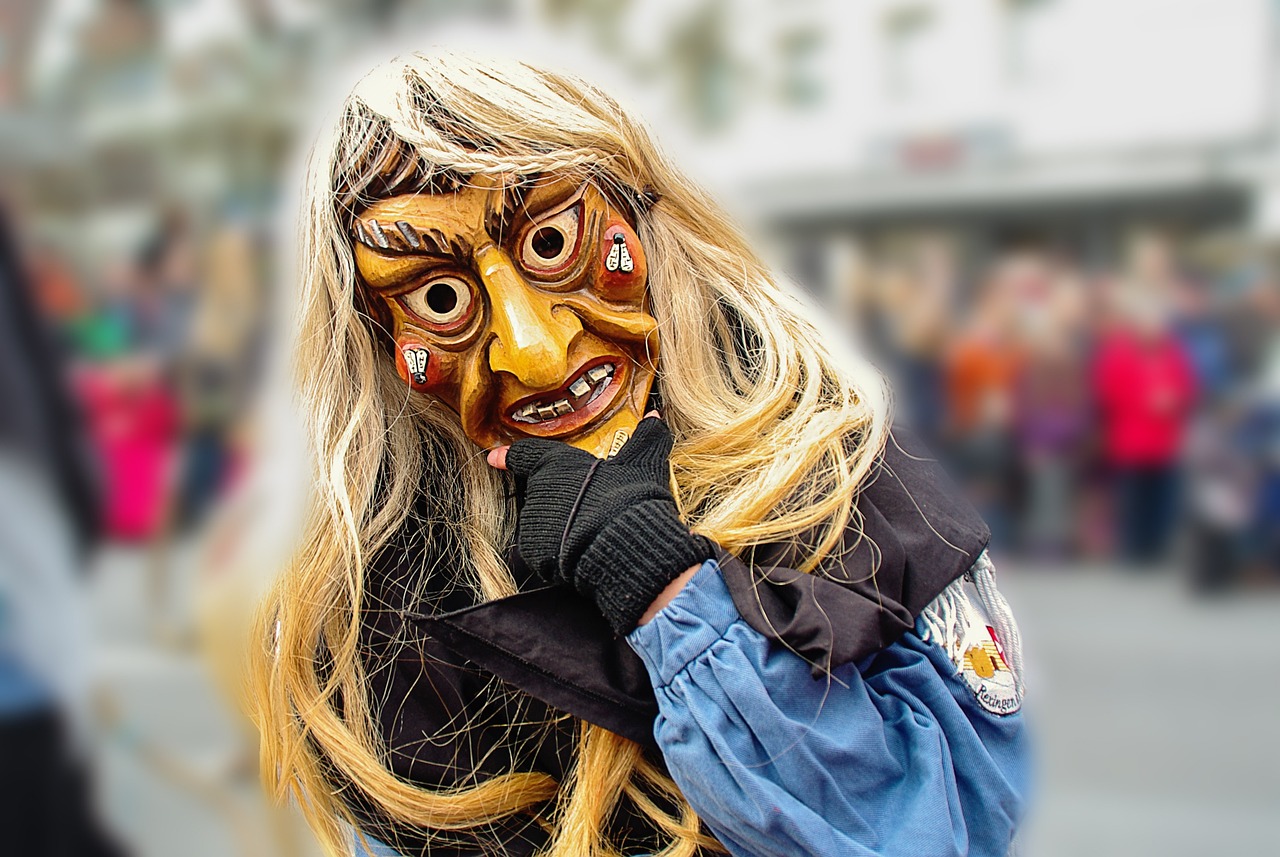
Traditional Fastelavn Costumes
Exploring the rich traditions and festive celebrations of Denmark's Fastelavn, a pre-Lenten carnival filled with fun activities, costumes, and delicious treats for all ages to enjoy.
Discover the origins and historical significance of Fastelavn in Denmark, tracing back to medieval times and incorporating elements of both pagan and Christian traditions.
When it comes to Fastelavn, one cannot ignore the vibrant and elaborate traditional costumes that add to the festive atmosphere. These costumes are not just outfits but expressions of joy and creativity, embodying the spirit of the carnival.
Adorned with intricate masks, colorful fabrics, and unique accessories, Fastelavn costumes are a visual delight, reflecting the rich cultural heritage of Denmark. The costumes often feature whimsical designs, bright colors, and playful motifs that capture the essence of the carnival celebration.
During Fastelavn, both children and adults don these festive ensembles, transforming themselves into characters from folklore, history, or pure imagination. It is a time to embrace creativity, express individuality, and join in the collective merriment of the carnival.
Explore the custom of Fastelavnsris, where children decorate branches with feathers and ribbons to symbolize driving away winter spirits and welcoming spring.
Delve into the exciting games and activities that take place during Fastelavn, such as hitting the barrel to release treats, costume parades, and traditional ring games.
Indulge in the delicious culinary delights associated with Fastelavn, from creamy buns filled with whipped cream to sweet marzipan treats enjoyed by both children and adults.
Learn about the significance of Fastelavn buns, a popular pastry filled with cream and often enjoyed during the carnival season as a symbol of indulgence before Lent.
Explore how Fastelavn is celebrated in modern times, with community events, parties, and gatherings that continue to honor the traditions and spirit of this festive Danish carnival.
Discover how modern Fastelavn celebrations are incorporating sustainable practices, such as eco-friendly decorations and locally sourced ingredients, to promote environmental awareness and responsibility.
Stay tuned for answers to common questions about Denmark's Fastelavn carnival!
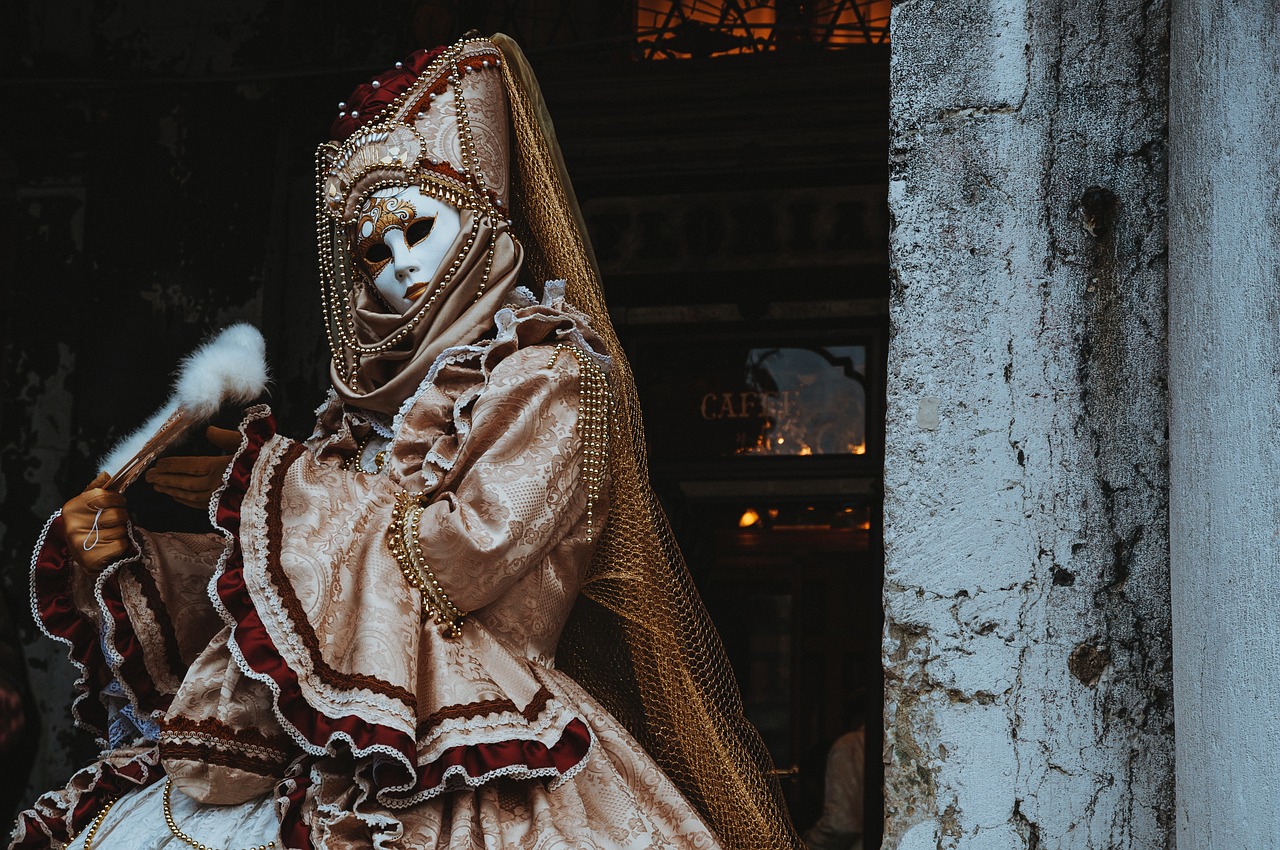
Fastelavnsris - The Decorative Branches
Fastelavnsris, also known as decorative branches, play a significant role in the traditional celebrations of Fastelavn in Denmark. These branches are not just ordinary twigs but are adorned with colorful feathers and ribbons, symbolizing the act of driving away winter spirits and welcoming the arrival of spring. Children eagerly participate in the custom of decorating Fastelavnsris, creating beautiful and festive displays that add to the joyous atmosphere of the carnival.

Fastelavn Games and Activities
Fastelavn is a time of vibrant festivities and exciting games that bring joy to people of all ages in Denmark. One of the most popular activities during Fastelavn is the tradition of hitting the barrel, known as "slå katten af tønden." This game involves participants taking turns to strike a barrel filled with candies until it breaks open, showering everyone with sweet treats. It's a thrilling moment that captures the essence of celebration and surprise, creating an atmosphere of anticipation and excitement.
Another engaging game enjoyed during Fastelavn is the costume parade, where children and adults alike showcase their creative outfits and masks. The streets come alive with a colorful display of characters, from whimsical creatures to historical figures, adding a touch of magic to the carnival atmosphere. Participants take pride in their costumes, each one a unique expression of imagination and playfulness.
Traditional ring games are also a highlight of Fastelavn, bringing a sense of community and camaraderie to the festivities. Participants gather in circles to play games like "kiss the ring" or "pass the ring," where a ring is passed from person to person as they sing traditional songs. These games foster a sense of unity and togetherness, creating bonds that strengthen the spirit of the carnival.
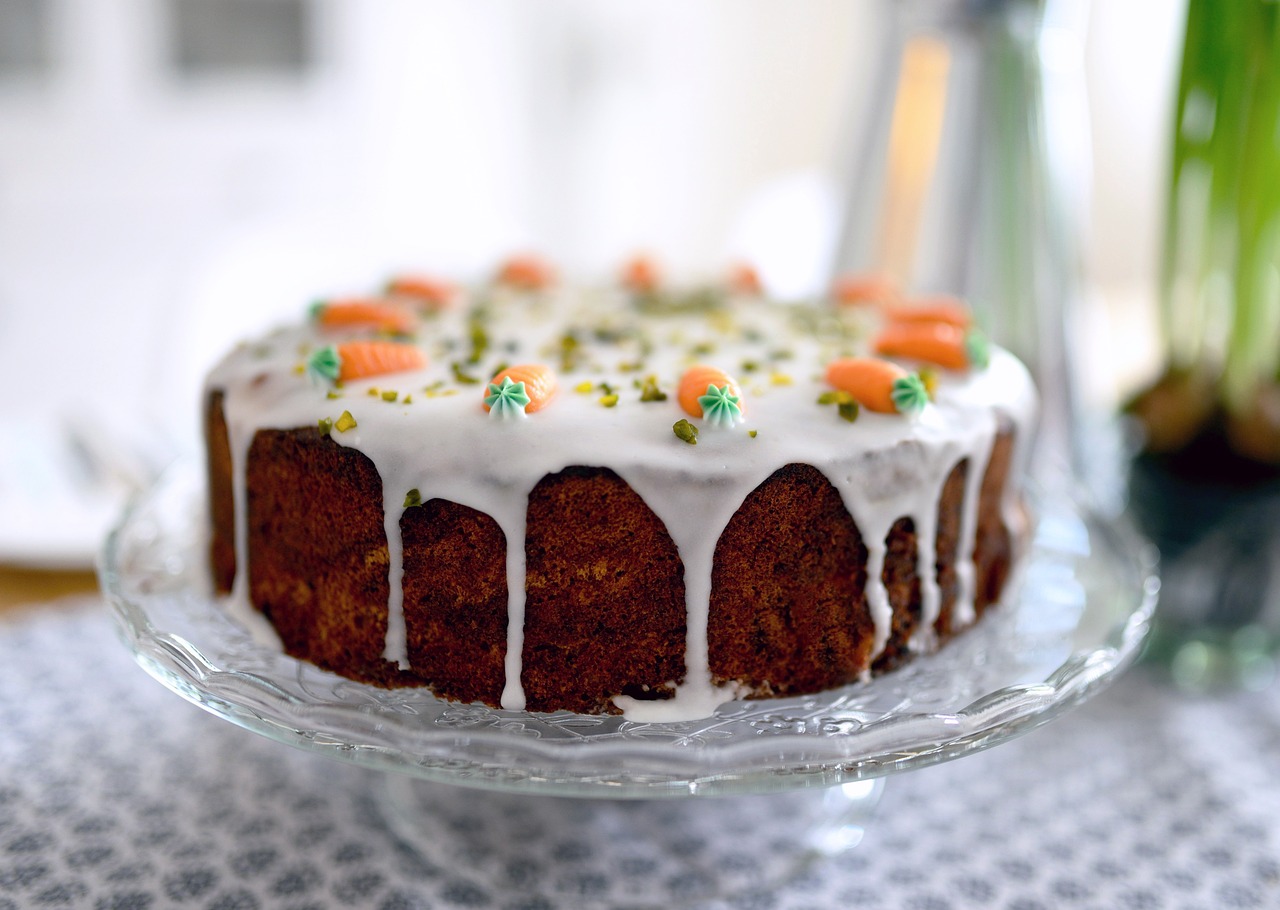
Fastelavn Food and Treats
Fastelavn, the vibrant Danish carnival, is not just about colorful costumes and lively games but also about indulging in a variety of delectable treats that add to the festive spirit. One of the most iconic and beloved treats associated with Fastelavn is the creamy buns filled with whipped cream. These fluffy pastries are a symbol of indulgence and enjoyment before the solemn period of Lent begins. The combination of soft, sweet bread and luscious cream makes these buns a must-have during the carnival season, enjoyed by both children and adults alike.
In addition to the famous Fastelavn buns, another popular treat that graces the tables during this festive time is marzipan delicacies. These sweet confections, often shaped into intricate designs and figures, are a delight for the eyes and the taste buds. Made from almond paste and sugar, marzipan treats come in various forms, from small candies to elaborate sculptures, adding a touch of elegance and sweetness to the carnival celebrations.
As the aroma of freshly baked pastries fills the air, another traditional favorite that holds a special place in Fastelavn festivities is the pancake. Whether enjoyed plain or topped with a sprinkle of sugar, these thin and delicious pancakes are a comforting and satisfying treat that brings warmth and joy to gatherings during the carnival season.
For those with a penchant for savory delights, Fastelavn also offers a range of hearty dishes to satisfy every palate. From rich stews and soups to flavorful meat pies, the culinary traditions of Fastelavn encompass a variety of savory treats that provide nourishment and comfort during the festive celebrations.
Moreover, no Fastelavn feast would be complete without the presence of the iconic Fastelavnsris, a decorative branch adorned with colorful feathers and ribbons. As a symbol of driving away winter spirits and welcoming the arrival of spring, the Fastelavnsris adds a festive touch to the dining table, enhancing the overall atmosphere of joy and merriment that defines this Danish carnival.

Fastelavn Buns - The Sweet Delicacy
Fastelavn buns, also known as 'fastelavnsboller' in Danish, are a delectable treat enjoyed during the festive season leading up to Lent. These sweet pastries are a symbol of indulgence and celebration before the period of fasting. Fastelavn buns are typically made from a light and fluffy dough, filled with rich and creamy whipped cream, and often topped with a dusting of powdered sugar. The combination of soft dough and luscious cream makes them a delightful treat for both children and adults alike.
These decadent pastries are not only delicious but also hold cultural significance in Danish tradition. Fastelavn buns are a staple during the Fastelavn period, with bakeries and households alike preparing batches of these sweet delicacies to mark the festive occasion. The act of enjoying a fastelavnsbolle is a cherished tradition that brings people together in the spirit of joy and merriment.
One unique aspect of Fastelavn buns is the hidden almond inside some of them. Known as the 'mandelgave' or almond gift, the person who finds the almond in their bun is traditionally rewarded with a small prize or good luck for the coming year. This adds an element of surprise and excitement to the indulgence of enjoying a delicious Fastelavn bun.
During the Fastelavn celebrations, these sweet pastries are often enjoyed alongside other traditional treats and beverages, creating a festive atmosphere of feasting and enjoyment. Whether enjoyed at home, at a community event, or in a local bakery, Fastelavn buns are a delightful reminder of the joyous spirit of the carnival season in Denmark.
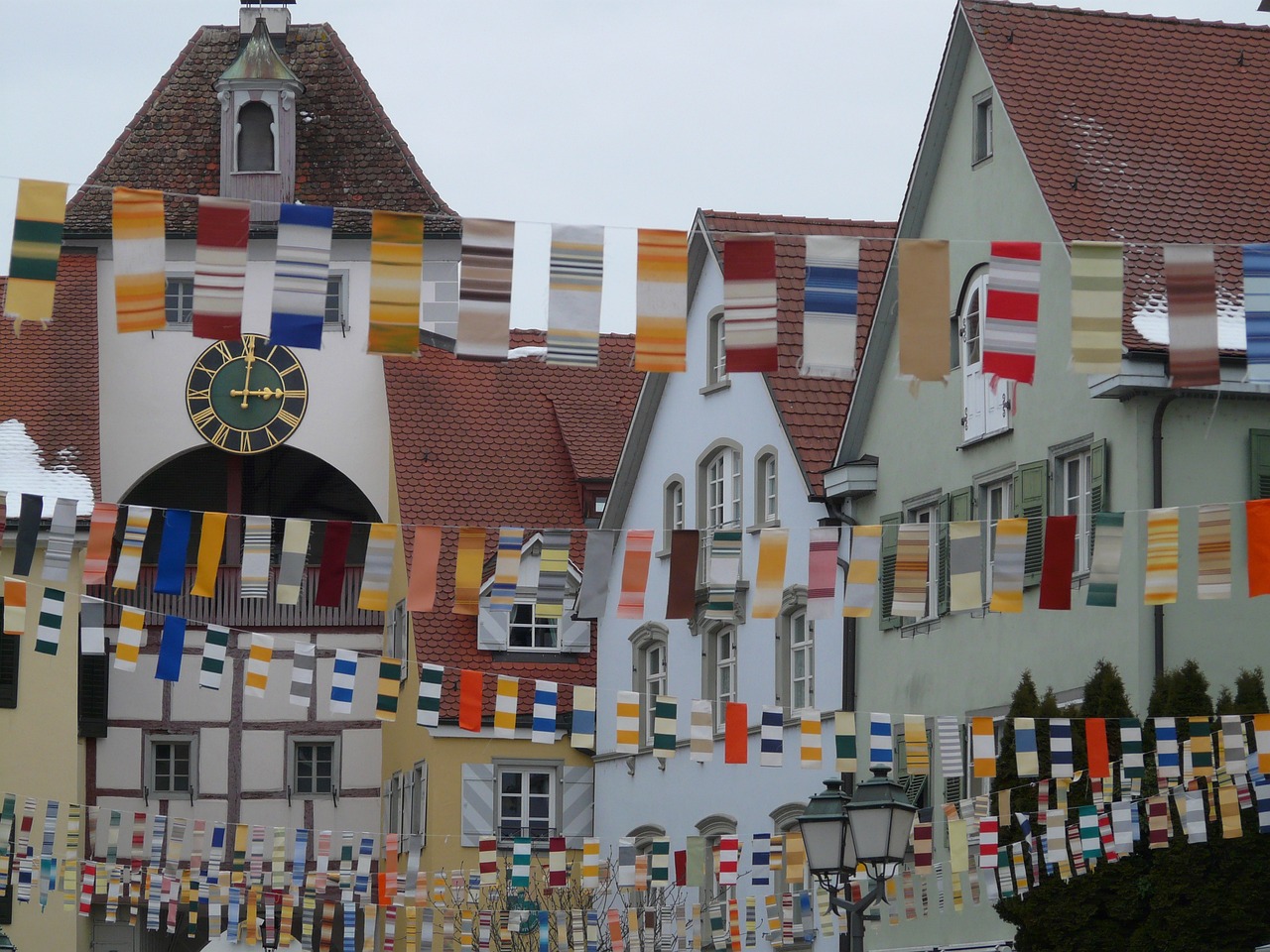
Modern Fastelavn Celebrations
Modern Fastelavn celebrations have evolved over the years, blending traditional customs with contemporary practices to create vibrant and inclusive events. In today's celebrations, communities come together to honor the spirit of Fastelavn through a variety of activities and festivities.
One prominent feature of modern Fastelavn celebrations is the hosting of community events that bring people of all ages together. These events often include costume parades, live music performances, and interactive games that capture the essence of the carnival.
Fastelavn parties have also become a popular way to celebrate the occasion, with families and friends gathering to enjoy delicious food, lively music, and engaging activities. These parties often feature themed decorations and costumes, adding to the festive atmosphere.
In addition to traditional games like hitting the barrel to release treats, modern Fastelavn celebrations may incorporate new and innovative activities to engage participants. From scavenger hunts to craft workshops, these events offer a range of entertainment options for attendees.
Furthermore, Fastelavn gatherings provide an opportunity for communities to come together and strengthen social bonds. Whether through shared meals, collaborative games, or group performances, these celebrations foster a sense of unity and camaraderie among participants.
Overall, modern Fastelavn celebrations continue to uphold the cherished traditions of the carnival while embracing contemporary elements that appeal to a diverse audience. By combining the old with the new, these events ensure that the spirit of Fastelavn remains vibrant and relevant in today's society.
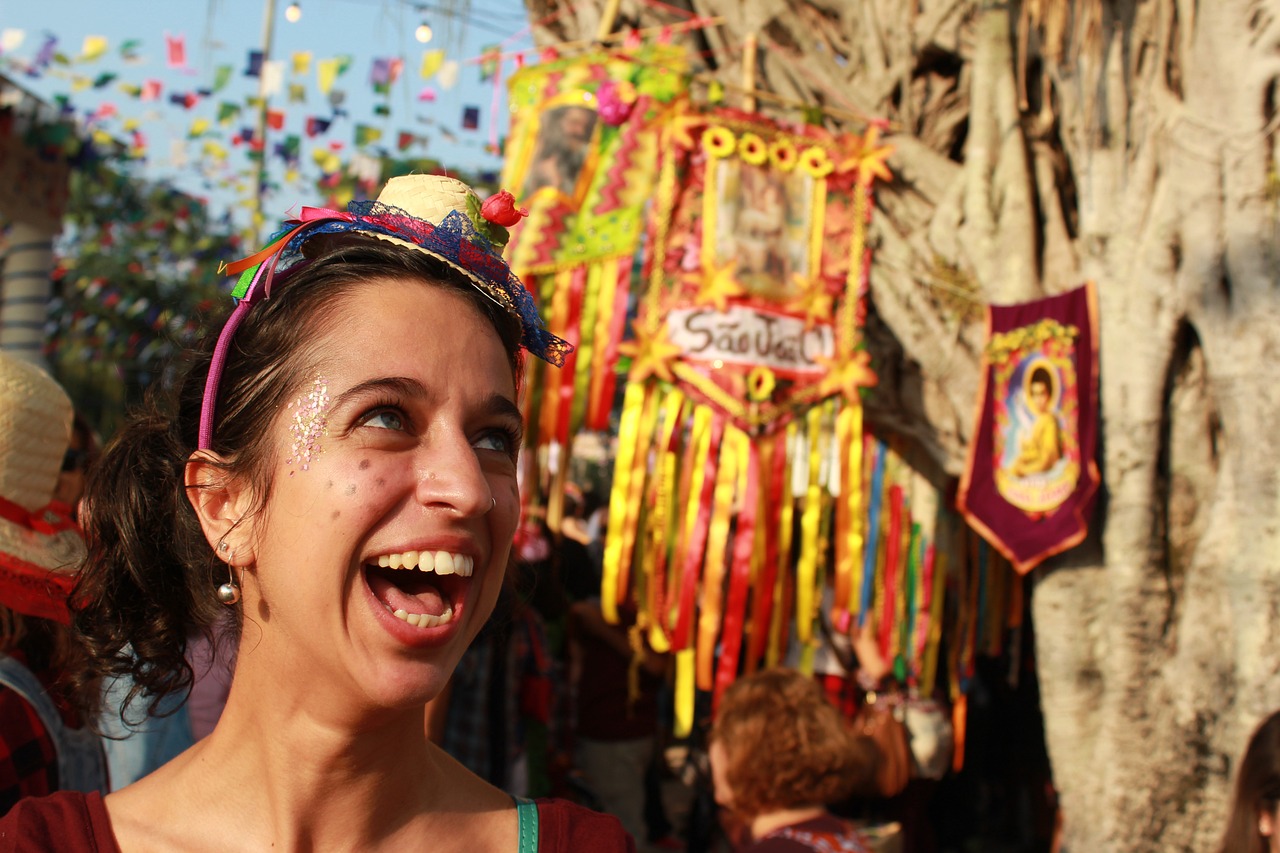
Sustainability and Fastelavn
As Fastelavn continues to evolve with the times, sustainability has become a key focus in modern celebrations of this traditional Danish carnival. Embracing eco-friendly practices, many Fastelavn events now prioritize environmental awareness and responsibility. From using biodegradable decorations to promoting locally sourced ingredients in festive treats, the emphasis on sustainability adds a new layer of significance to the age-old traditions of Fastelavn.
Frequently Asked Questions
- What is the significance of Fastelavn in Denmark?
Fastelavn is a traditional Danish carnival celebrated before Lent, combining elements of both pagan and Christian traditions. It is a time of festivity, costumes, games, and indulging in delicious treats.
- What are Fastelavnsris and their significance?
Fastelavnsris are decorative branches adorned with feathers and ribbons, symbolizing the act of driving away winter spirits and welcoming the arrival of spring. Children often use these branches during Fastelavn celebrations.
- What kind of traditional costumes are worn during Fastelavn?
Traditional Fastelavn costumes in Denmark include colorful outfits, intricate masks, and unique accessories that reflect the festive spirit of the carnival. These costumes add to the joy and merriment of the celebrations.
- What are some popular Fastelavn games and activities?
Fastelavn features exciting activities such as hitting the barrel to release treats, costume parades, and traditional ring games. These games are enjoyed by both children and adults during the festive season.
- How is Fastelavn celebrated in modern times?
In modern times, Fastelavn is celebrated with community events, parties, and gatherings that honor the traditions of the carnival. Sustainable practices like eco-friendly decorations and locally sourced ingredients are also being incorporated into the celebrations.



















